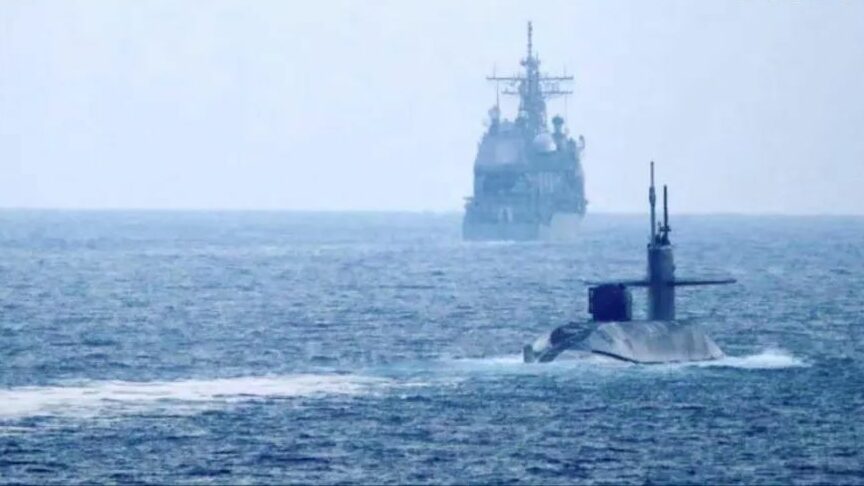December 21 local time, the U.S. Navy announced that Georgia, an active “Ohio”-class cruise missile nuclear submarine, and two missile cruisers crossed the Strait of Hormuz and entered the Persian Gulf on the same day.
According to Bloomberg, this is the first time since 2012, the U.S. military has publicly announced that a nuclear submarine has entered the waters.
The “Ohio”-class submarines entering the Persian Gulf this time are more special.
Between 1981 and 1997, the U.S. Navy served 18 Ohio-class strategic nuclear submarines. After the end of the cold war, the U.S. military assessed that only 14 of the submarines were needed to meet the mission needs of strategic nuclear deterrence and nuclear strikes, and decided to convert the four first to serve into cruise missile submarines.
Georgia, which entered the Persian Gulf this time, was a modified one.
During the modification, the United States changed 22 of the 24 submarine-launched missile launch tubes on strategic nuclear submarines to “Tomahawk” cruise missile launch tubes, each of which can accommodate 7 missiles, that is to say, one nuclear submarine can carry up to 154 “Tomahawk” missiles; the remaining two launch tubes are modified to carry “sea seals”.
Special equipment of special forces, each submarine can carry a maximum of 66 people.
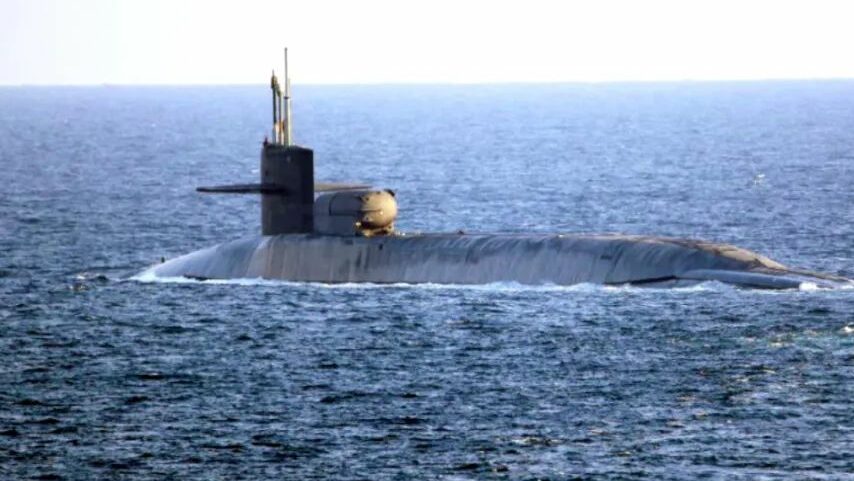
The website of War Zone of the United States points out that the modified “Ohio”-class cruise missile nuclear submarine is actually a multi-mission underwater combat platform, which can not only launch saturated and accurate attacks on enemy land targets, but also carry out secret intelligence reconnaissance and special operations missions.
U.S. media: High-profile disclosure of nuclear submarine movements
intended to show military strength
The U.S. Navy rarely voluntarily discloses the movement of nuclear submarines.
The Associated Press said that the high-profile public showed the intention of the United States to show its military strength.
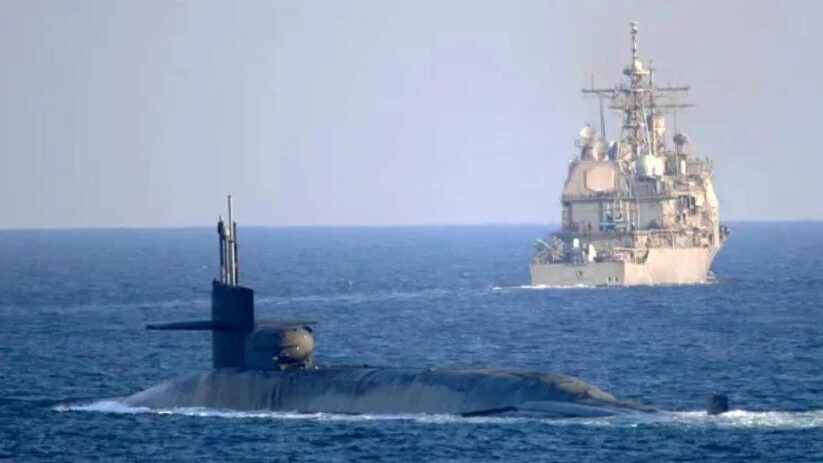
Some media also believe that Iran’s shore-based anti-ship missiles, missile speedboats and other equipment pose a real threat to U.S. surface ships operating in the Persian Gulf, and nuclear submarines have instead become a powerful weapon for the United States to deter Iran.
In the event of a conflict, the U.S. military can deal a devastating blow to the critical infrastructure in the deep Iranian hinterland at the beginning of the conflict.
Why did the U.S. nuclear submarine choose to enter the Persian Gulf in a high-profile way at this time? Song Xiaojun, a military expert, analyzed that it was obvious political behavior for American nuclear submarines to enter the Persian Gulf.
This move is to highlight the military presence of the United States and promote the smooth withdrawal of troops from the Middle East in the future.
U.S. military intensified military deployment around Iran
Israeli submarine revealed to be secretly sailing to Iran
At the end of November, Fakrizad, a senior Iranian nuclear scientist, was assassinated. And the first anniversary of the assassination of Suleimani, a senior general of the Islamic Revolutionary Guard Corps of Iran, is approaching.
In a sensitive atmosphere, the military deployment of the United States around Iran continues to strengthen.
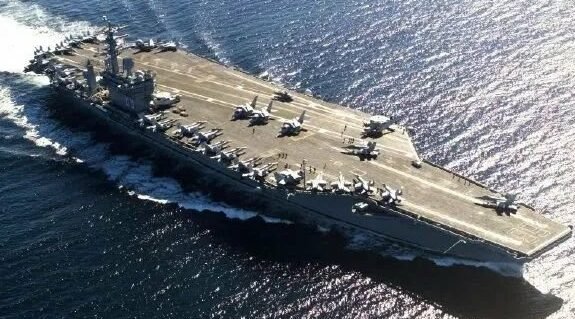
According to the information released on the news website of the U.S. Naval Academy on December 21, the U.S. Navy’s aircraft carrier “Nemiz” and the U.S Makin Island have met in the Arabian Sea.
Both ships are currently located near Somalia in East Africa and have not yet entered the Persian Gulf.
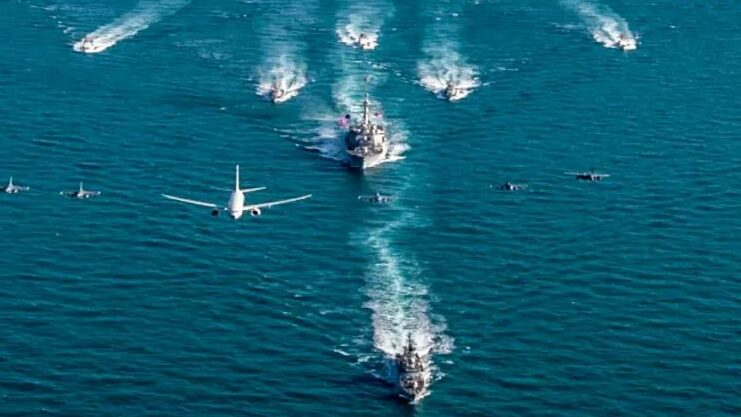
In addition, the U.S. Central Command announced on December 21 that the United States, together with the Saudi Navy and the Air Force, held large-scale exercises in the Persian Gulf from 17 to 18 this month.
In the air, the air forces of the two countries sent F-15 and F-16 fighters; on the surface, the participating forces included American Aegis destroyers, coast guard patrol ships and Saudi navy frigates.
According to a report by Israel Public Broadcasting Corporation on December 21, an Israeli submarine has set out secretly and is going to the waters of the Persian Gulf through the Suez Canal and the Red Sea, in order to send a clear deterrent signal to Iran.
However, the IDF has so far refused to comment on the report. According to public information, the Israeli navy has a total of five “dolphin”-class conventional power submarines in active service, all of which are designed and built by Germany, with a displacement of about 2,000 tons.


